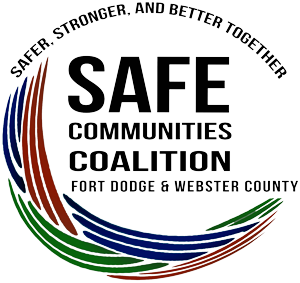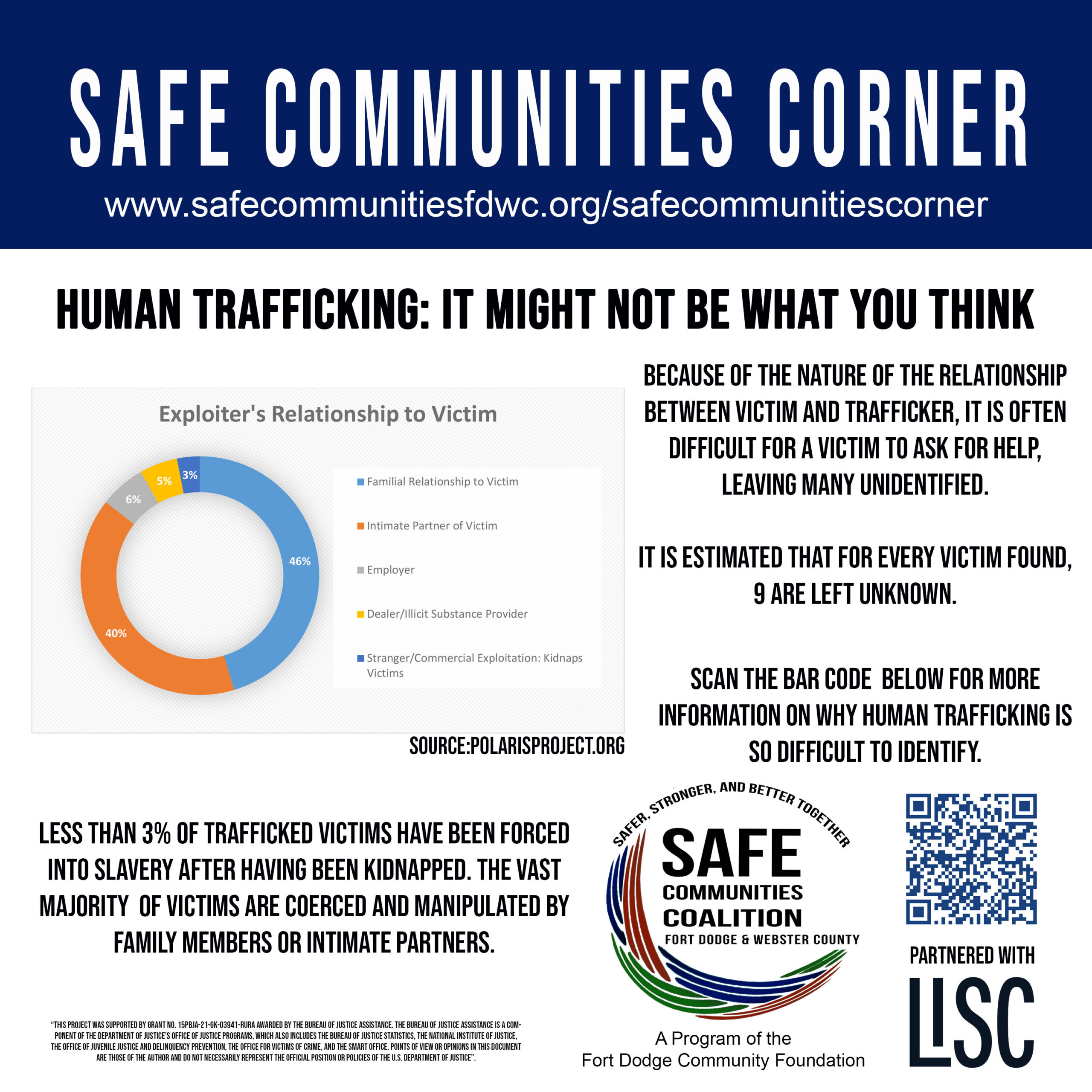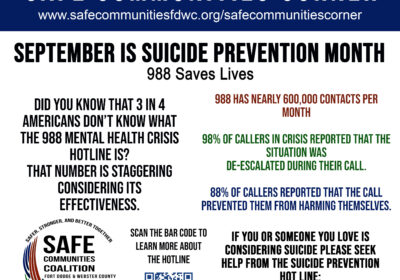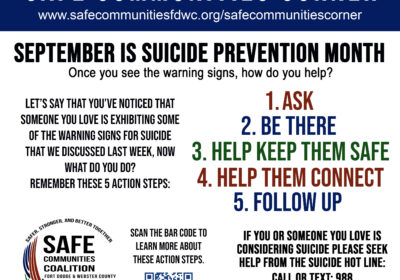If you’ve seen The Sound of Freedom, it probably cemented your idea of what human trafficking looks like: children lured by strangers into a trap, whisked away from their families, and sent to a third world country to serve as money-making pawns for the cartels. Yes, that is the gut-wrenching reality some children face, but not as many as you would think. In fact, this accounts for less than 3% of trafficked individuals.
The remaining 97% of trafficking victims know their trafficker at some level. Sadly, the vast majority of them have been so manipulated that they would tell you, not only that they trust their trafficker, but that they love them.
5% of trafficked individuals are trafficked by their drug dealers. Sadly, the addiction is used as a tool for the trafficker to get what he or she wants.
Employers account for 6% of traffickers. These victims are sold for labor and consist mostly of immigrants who came to this country for a better life only to be tricked into a life of servitude. They may serve in legal occupations such as domestic, factory, or construction work, but many of them serve in illegal occupations such as drug or arms trades. Their immigration status and threats of separating their family is usually what is used to exploit them.
40% of trafficked individuals are done so by an intimate partner. This is a complicated scenario that many of us would find difficult to understand. Predators who go into a relationship with the intent to control, abuse, and ultimately traffic seek out a partner who is vulnerable in a variety of ways. They look for someone who will see them as a ‘hero’. Someone who they can control under the guise of love. Their victims are often lonely, possibly previously abused, and will likely have low self-esteem or substance abuse issues. These qualities make them quick to fall in (so-called) love and easy to manipulate. The goal is to gain trust and manipulate their self-worth so that trafficking them seems normal. And sadly, it often works.
It’s difficult to imagine that this next type of trafficking accounts for the majority of cases. The remaining 46% of human trafficking is done by family members of a victim. This can be anyone: a parent, step-parent, sibling, or a member of extended family. These victims are often subjected to this life from a very early age and, as you might imagine, trust and loyalty are engrained very early on. It is often believed that speaking out against the perpetrator will almost certainly lead to total alienation. This type of trafficking is typically done for monetary gain, but it can also be done to feed a drug habit, for rent, or to meet any other need the trafficker may have…though, make no mistake, this is a crime that spans all levels of socioeconomic status.
The key factor making human trafficking such a difficult crime to identify and see through the justice system is the victim’s relationship his/her trafficker. In most cases, there are no physical chains that bind a victim to the trafficker, they are all emotional and, many times, have been forged over years of abuse. Yet, even knowing this, victims around the country take the brave step forward every day. Taking the steps to educate ourselves in what human trafficking actually looks like and knowing what steps to take when we see something that doesn’t seem right could be what brings a glimmer of hope into someone’s life and inspires them to step out of the darkness.
If you suspect someone you know is being trafficked please call your local law enforcement agency by dialing 911 and reporting what you see. For services in Iowa, contact the Iowa Helpline at 1-800-770-1650 or text “IOWAHELP” to 20121, and visit the Iowa Office to Combat Human Trafficking.



